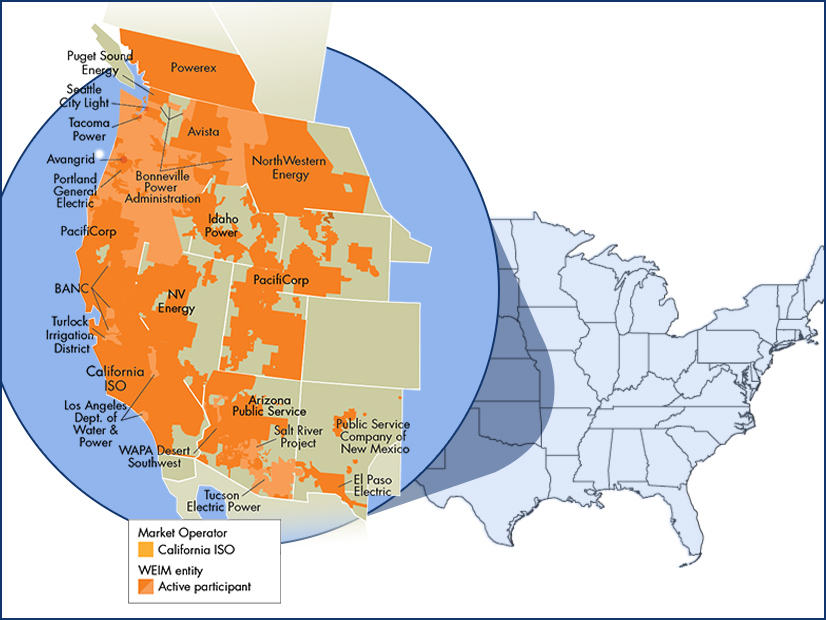Idaho Power filed a complaint against CAISO with FERC on Tuesday, seeking to get out of $702,425.71 in penalties it was assessed after a metering mistake (EL23-94).
The utility wants at least a waiver of the rules because it argued that the minor, inadvertent meter data error should not have been penalized that much, as it had no real impacts on the Western Energy Imbalance Market (WEIM).
Idaho Power self-reported the meter data inaccuracies around the federally owned Arrowrock Dam, which houses a 19.5-MW hydroelectric facility “that consistently operates below its nameplate capacity,” according to the utility. The inadvertent double-counting led to an under-reporting of 0.37 MWh in generation output, which was so small it had no impact on prices, the utility said.
“There were no market impacts resulting from this double-counting of transmission line losses,” it told FERC. “In fact, the under-reporting of generation output resulted in energy being produced by Arrowrock without compensation, and the under-reporting led to an increase in energy required by Idaho Power’s load from the WEIM that was not needed but was paid for.”
Section 37 of CAISO’s tariff sets out the penalty rate for such meter data inaccuracies, and the grid operator has no discretion to reduce or choose not to apply the penalty.
CAISO has tried to waive the penalty, but that move was rejected by the commission. FERC has suggested in an earlier order that the ISO should change its rules, and it has a stakeholder process underway, but that has yet to produce a proposal.
The Arrowrock facility does not participate in the WEIM, and Idaho Power dispatches it for native load service. It is connected to Idaho Power’s system by several miles of transmission, but the metering takes place near the generator, so line losses must be accounted for.
The utility found out in July 2022 that those line losses were being double-counted since it joined the Western market four years earlier. The error dated back to when Idaho Power was preparing its metering systems for participation in the WEIM.
The utility told FERC the error was difficult to detect and it found out about it only when it was testing the meters and their programming. Idaho Power checked its other meters and determined the issue was limited to Arrowrock.
“The quantity of the data error, 0.37 MWh on average, is small enough that it would not impact the applicable LMP of energy in a material amount had it been reported correctly originally,” the firm said. “Importantly, meter data can be corrected after the fact, which does not impact WEIM market runs. The impact of corrected meter data is addressed through settlements after the WEIM market has run.”
Despite the lack of impacts, CAISO assessed penalties of just over $700,000. Idaho Power asked FERC for a waiver of that part of its tariff or to grant its complaint that the rules are unjust and unreasonable and should be thrown out.
FERC granted a similar waiver request from NV Energy over a metering error of 1.06 MWh/day that happened when that firm was setting up a new generator. The commission found that NV Energy acted in good faith, notifying the ISO as soon as possible, promptly issued corrective data and confirmed other meters in its footprint were operating correctly.
“These are the same actions that Idaho Power took with respect to Arrowrock,” the utility said.



